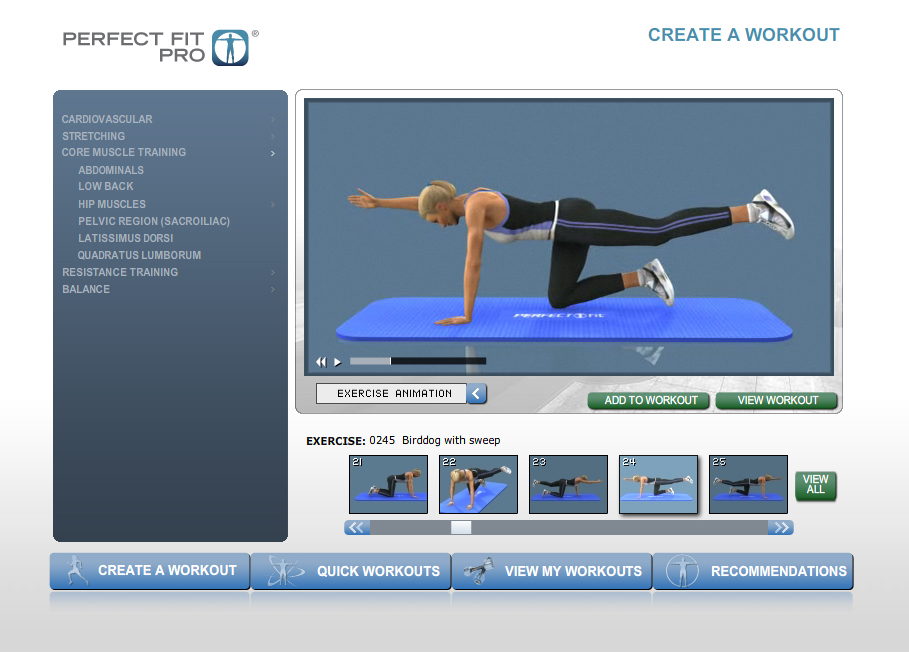August 12, 2010 – 8:31 am
Oncologists are unlikely to be one of the top sources that come to mind for physical therapy patient referrals. However, some new research by Kathryn H. Schmitz PhD, MPH, FACSM of the University of Pennsylvania School of Medicine may make a visit to your local oncologist a higher priority. Today’s podcast shares the results of her study and how oncologists and physical therapists can work together to improve the quality of life for cancer survivors.
The PAL (Physical Activity and Lymphedema) Trial found women with breast cancer related lymphedema benefited from working with a physical therapist to complete a series of specific strength training exercises. In the trial, physical therapists evaluated patients, provided exercise instruction and guidance. As a result of the study, Dr. Schmitz is recommending oncologists refer patients to a physical therapist at their last follow-up appointment. Listen now to learn more.

Every day consumers turn to the internet to research health issues and find health care providers. To make it easier for consumers to find a physical therapist in their area and complete prescribed exercises correctly, Shawn Rankin, PT, developed two websites that cater to physical therapists, consumers and physicians. He shares the details about these new physical therapy tools with PT Talker in this week’s podcast. 
PT Linked serves as an online global physical therapists directory. It also works as a patient referral network. Physical therapists can show their full profile and consumers have the freedom to choose the best therapist for them. Since most states allow consumers to make appointments direct with physical therapists the website serves as another channel for you to attract new patients.
Physical therapists can also utilize the website Perfect Fit Pro allows physical therapists to create exercises for patients and patients can access these exercises for free. This online tool features over 1000 exercise animations for you to create workouts for patients and provide ongoing therapy to patients. Listen now to find out more about these new tools you can use to reach more patients.


One of the symptoms patients with Multiple Sclerosis commonly experience is fatigue which often limits their ability to complete physical therapy. Recent research found that taking intermittent breaks between physical therapy exercises can greatly improve the amount of exercise MS patients can handle. Today’s podcast features Herb Karpatkin, DSc, MPT, and professor at the Hunter College Program in Physical Therapy in Brooklyn, New York. His physical therapy clinic specializes in working with patients with MS and neurologic dysfunctions and is dedicated to creating new tools that physical therapists can use to effectively work with MS patients.
The study found fatigue to be much lower in patients who were allowed to take rests in between exercise when compared to doing the exercises continuously. The study was presented in June at the Consortium of Multiple Sclerosis Centers 24th Annual Conference and the Third Joint Meeting of Americas Committee for Treatment and Research in Multiple Sclerosis. Tune in now to learn how these findings can help you provide better outcomes for MS patients.

Patellofemoral pain syndrome (PFPS) or “runner’s knee” accounts for 20% of all running injuries and is more commonly diagnosed in females. Luckily, a new study has found hip strengthening exercises can help reduce the symptoms associated with this common injury. Today, Tracy Dierks, PhD, Assistant Professor and Director of Research at the Motion Analysis Research Laboratory in the Department of Physical Therapy at Indiana University shares his findings with PT Talker.
The study focused on using exercises to improve hip strength to reduce symptoms of PFPS when running. The exercises were performed twice a week at home for 30 to 45 minutes and included single-leg squats and resistance band exercises. Although the study has not yet been published, it has been presented at two recent conferences including the Boston APTA. The case study is targeted for publication in the Journal of Orthopaedic and Sports Physical Therapy in the fall. Tune in now to learn more.





